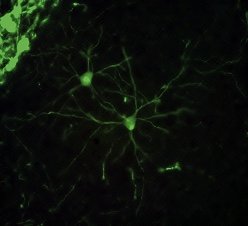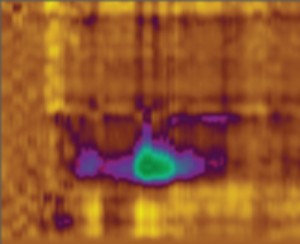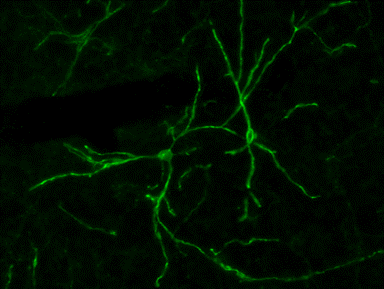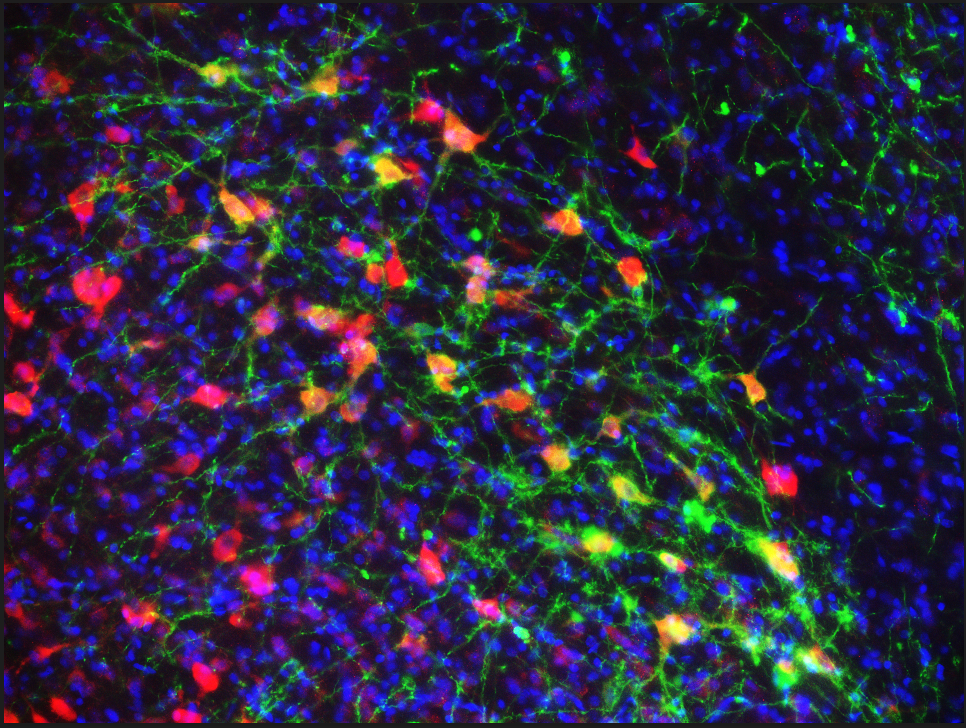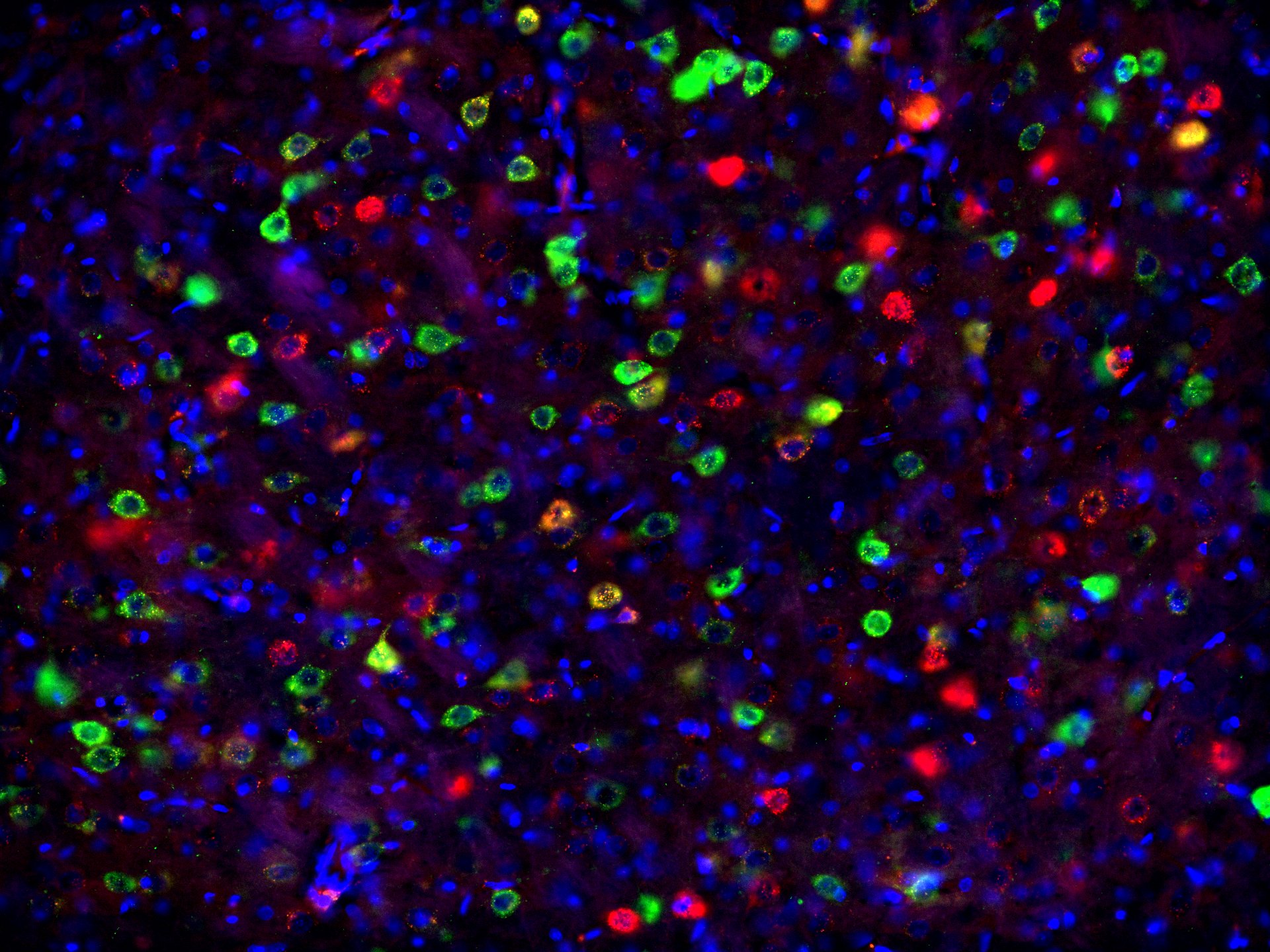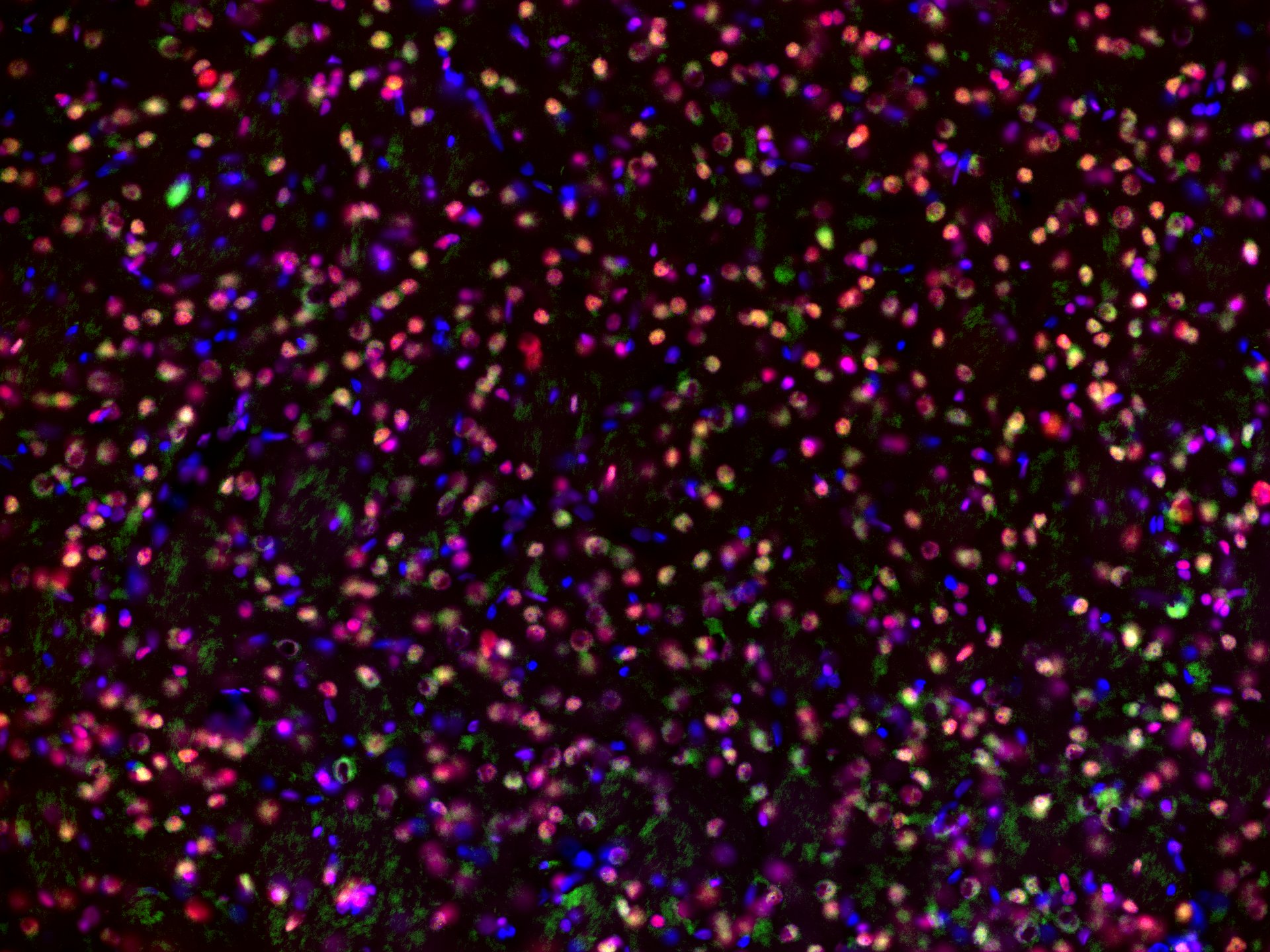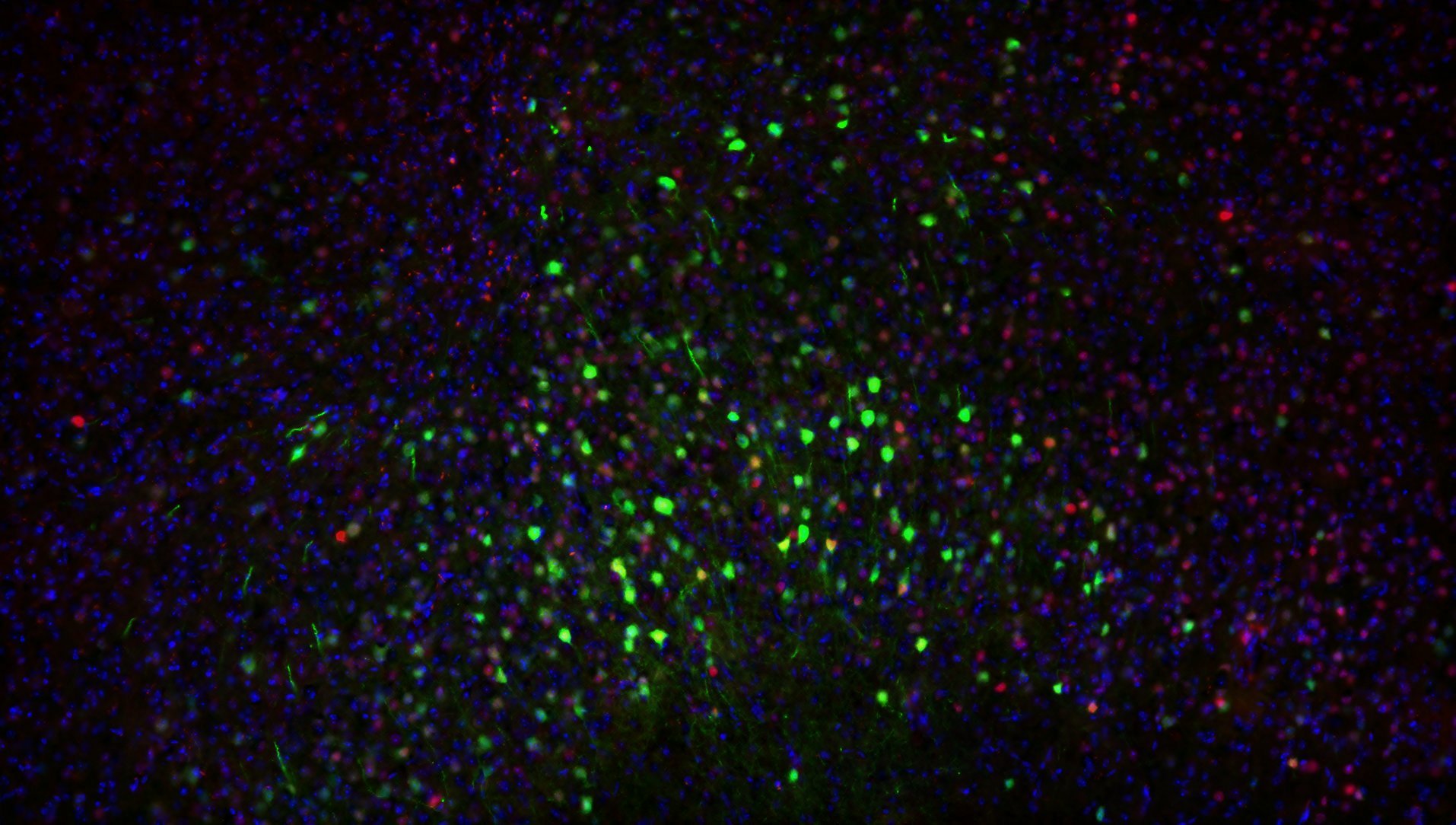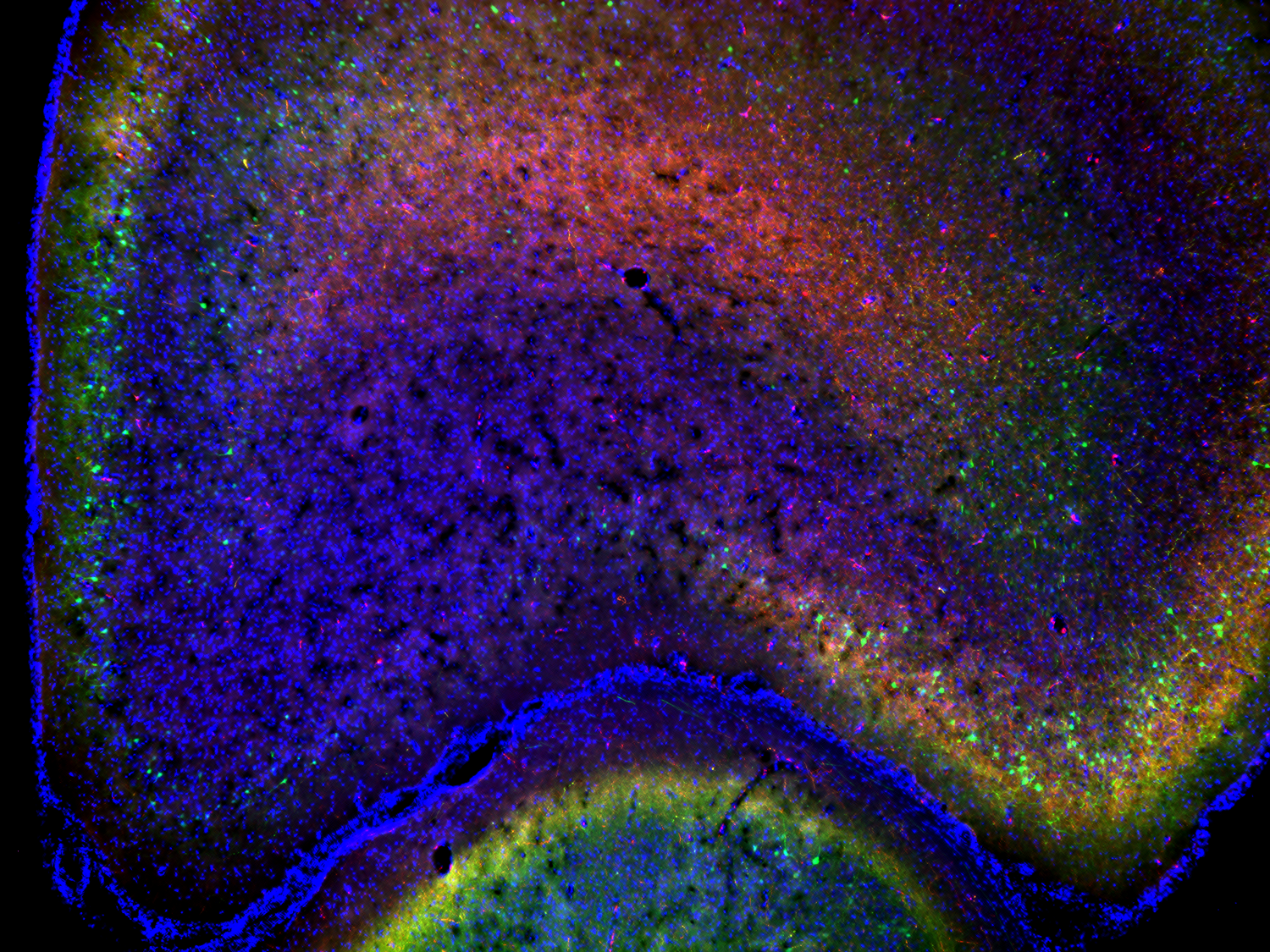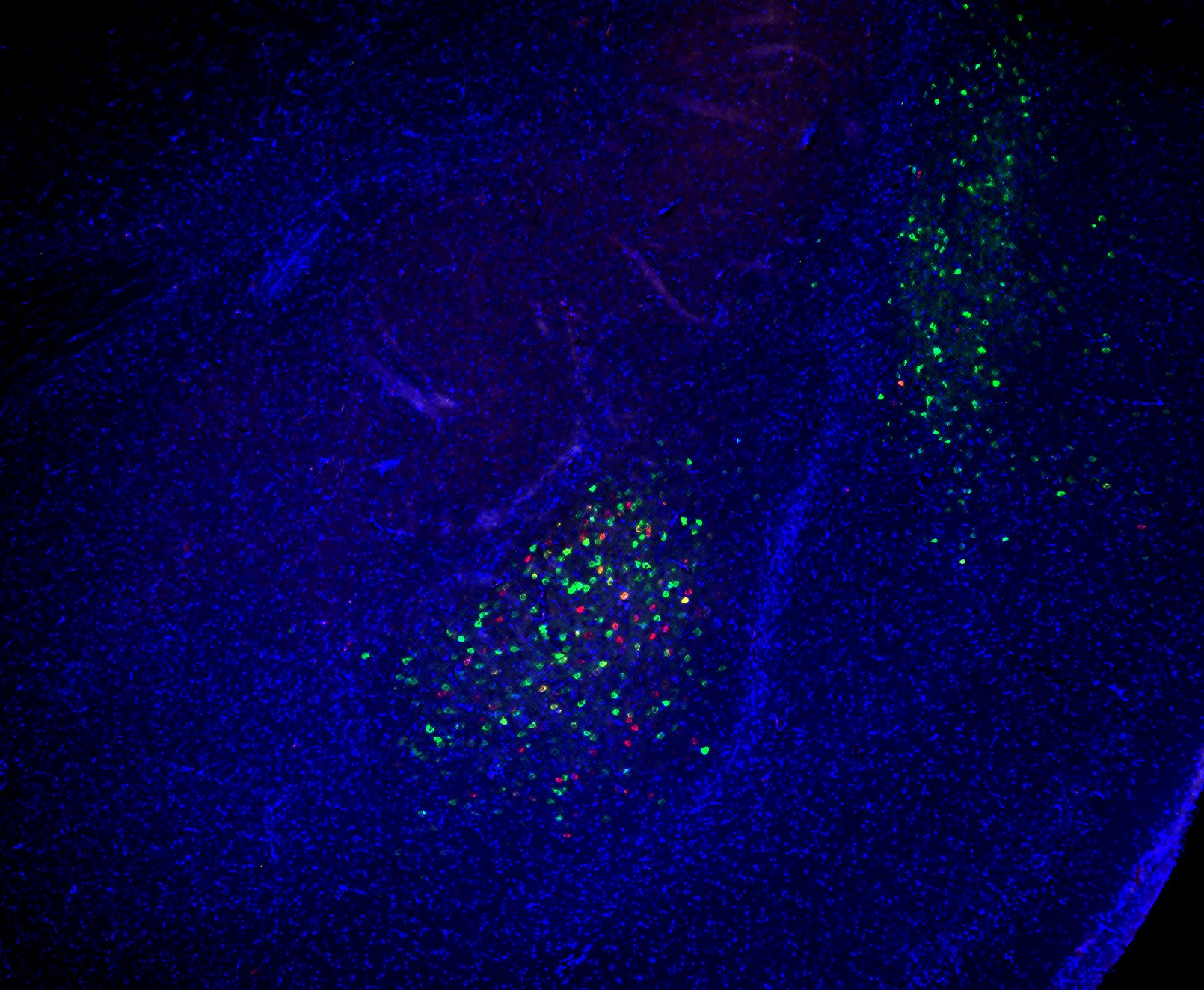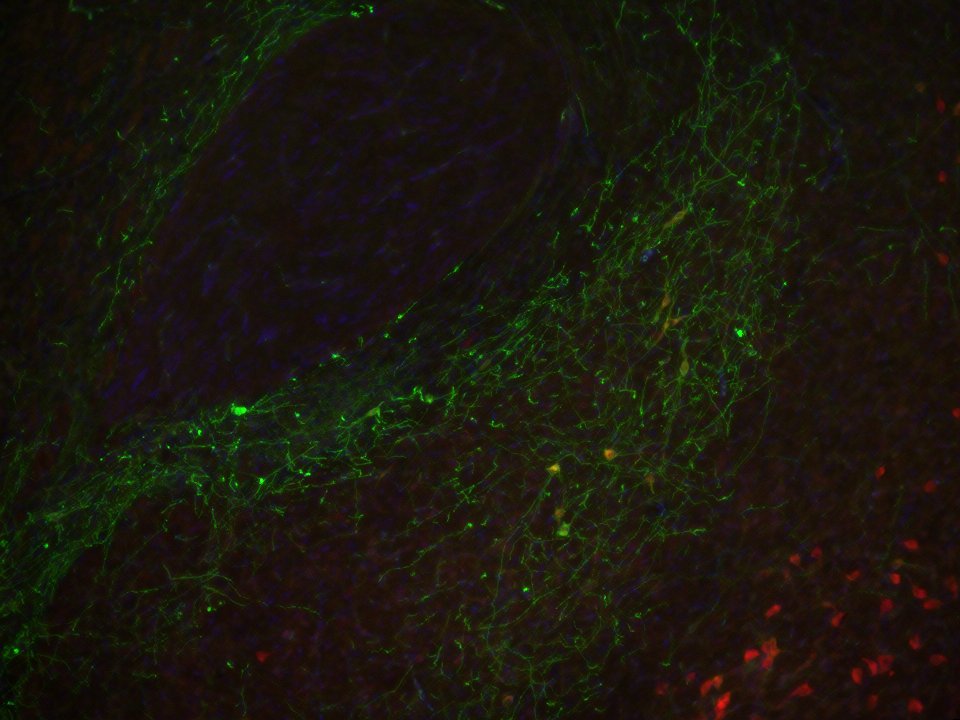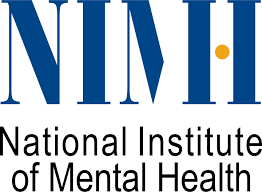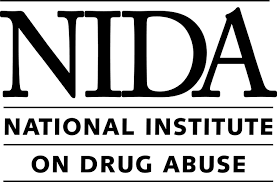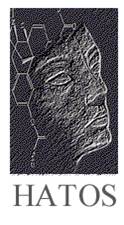Goals:
1. Elucidate the neural signals and circuits underlying associative learning, motivated behavior, and decision making.
2. Understand how dysfunction in these mechanisms can produce the maladaptive behavior underlying mental illness.
Associative memories underlie a large majority of our emotions, motivations, and decisions. We strive to understand how these memories are formed and stored in the brain and how they combine with one’s current state to dictate behavior. Our ultimate goal is to facilitate the understanding and treatment of the mental illnesses, such as drug and alcohol addiction, that arise from disruptions in these neural systems.
We take a multidisciplinary approach to our research, combining behavioral procedures rooted in the rich traditions of learning theory with advanced neural recording, interference, and/or molecular methods. We collaborate heavily to achieve our goals.
One aim of the lab is to ‘decode’ the brain signals underlying discrete aspects of motivated behavior and then, using interference methods, to test the causal role for these signals in behavior. Neural circuits, rather than individual brain structures, control complex behavior. So we also work to parse the precise contribution of specific brain circuits to motivated behavior. As part of this, we are assessing how neurochemical interactions within a brain region modulate circuit dynamics. Lastly, we aim to determine the mechanisms regulating the encoding of stimulus-response and action-goal associative memories and the balance of behavioral control between these habitual and goal-directed systems. We focus on cortico-striatal-limbic circuitry. Tool development is also a goal, which we pursue through multidisciplinary collaboration.
Current Techniques:
Operant, Pavlovian, and other Behavioral assays, Fast-scan cyclic voltammetry, Glutamate biosensors, Acetylcholine biosensors, In vivo imaging fiber photometry and UCLA miniscopes, Pharmacology, Permanent and reversible brain lesions, Optogenetics, Chemogenetics, Viral-mediated gene transfer, Circuit tracing and anatomy, Light and fluorescence microscopy, Immunohistochemistry
